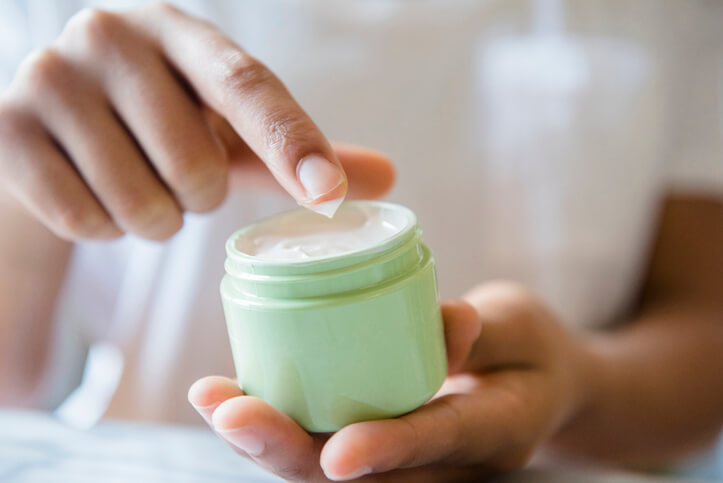5 Myths about Shingles

An estimated 1 million people in the United States get shingles each year, according to the Centers for Disease Control and Prevention, and about one out of three people will get it during their lifetime. While shingles is common — and likely to become even more common as the population ages — many people don’t understand the disease.
Shingles is a viral infection that causes a painful skin rash or blisters on the skin. It is not usually life-threatening, but it can lead to long-term pain (post-herpetic neuralgia), problems involving the eye and other rare, but serious complications.
5 common misconceptions and the facts you need to know:
Myth 1: Shingles only affects the elderly.
Fact: More than half the shingles cases occur in people age 60 or older, but it can occur in healthy people of all ages, including children. Those who have weakened immune systems are more at risk.
Myth 2: The main symptom of shingles is a rash.
Fact: A rash is a defining characteristic of shingles, but pain is usually the first and often the most troubling symptom. Some people have debilitating pain that can last for months or even more than a year, and there is no treatment or cure.
Myth 3: Shingles is the same disease as chickenpox.
Fact: Shingles and chickenpox are caused by the same virus, but they are not the same illness. Chickenpox is usually mild, affecting children. Shingles is caused when the virus that causes chickenpox becomes re-activated years later. It occurs in people who have had chickenpox or the chickenpox vaccine.
Myth 4: Shingles isn’t contagious.
Fact: Shingles is much less contagious than chickenpox, but a person with active shingles can still spread the virus to anyone who has not had chickenpox, causing them to get chickenpox (not shingles). The virus is spread through the fluid from open blisters, and a person is not contagious before the blisters appear. Once the blisters form scabs or crusts, the person is no longer contagious. It is less contagious than chickenpox, and the risk of a person with shingles spreading the virus is low if the rash is covered.
Myth 5: There is no way to prevent shingles.
Fact: A vaccine is now available to treat shingles, recommended for anyone age 60 or older. It is available at your doctor’s office or at Baptist Health Urgent Care clinics.



